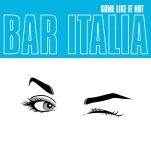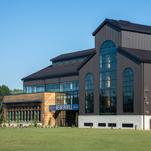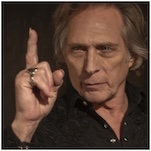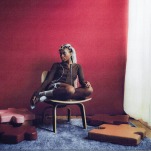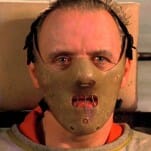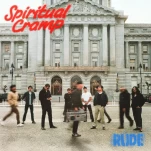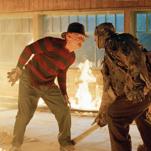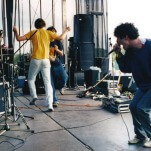My Month of Flagships: Rogue Dead Guy Ale
Photos via Rogue Ales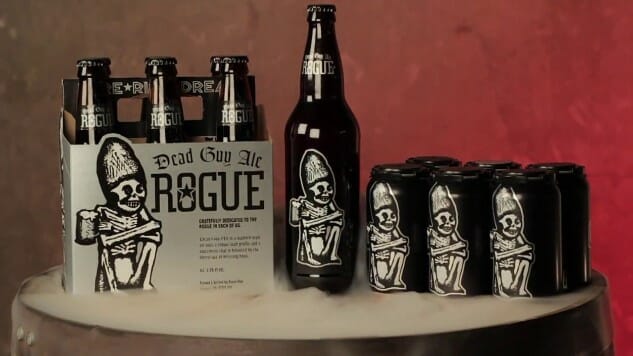
This essay is part of a series this month, coinciding with the concept of Flagship February, wherein we intend to revisit the flagship beers of regional craft breweries, reflect on their influence within the beer scene, and assess how those beers fit into the modern beer world. Click here to see all the other entries in the series.
We’ve seen some eclectic, unusual choices of brewery flagship throughout the course of this series, but I’ve always thought that Oregon’s Rogue Ales must take the cake in this regard. There are so many unusual aspects to their flagship Dead Guy Ale that every time I consider it, I’m amazed that this beer could somehow have become the thing that built the company.
Consider first, the self-proclaimed style of Dead Guy: It’s a German maibock. How many other American craft breweries can you think of with a flagship maibock? Because for me, that answer is “zero.” Its such a niche style that even the geekiest beer geeks might have difficulty describing what exactly sets a maibock apart in the first place, as opposed to traditional bocks—a style also not well-represented among flagships. Suffice to say, maibock is actually bock bier’s lighter, paler cousin, also referred to as “helles bock” or “heller bock,” and characterized by a fruitier, less darkly toasted/caramelized malt character, with more evident hoppiness, which also contributes more hop bitterness. It is in effect the midpoint between traditional bock and Munich helles, and like both of those styles, it’s brewed as a lager.
-

-

-

-

-

-

-

-

-

-

-

-

-

-

-

-

-

-

-

-

-

-

-

-

-

-

-

-

-

-

-

-

-

-

-

-

-

-

-

-

